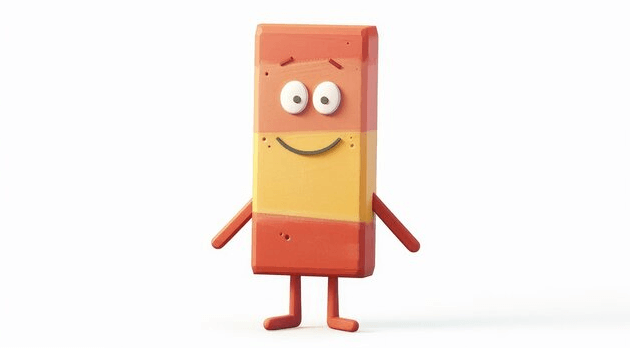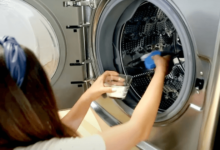School:J7e1klra5oo= Rubber

The integration of School:J7e1klra5oo= Rubber in educational settings presents a multifaceted opportunity to enhance the learning environment. From safety advantages in playgrounds to innovative products that cater to various learning styles, rubber’s versatility is noteworthy. Furthermore, its contributions to sustainability highlight a growing trend among eco-conscious institutions. As we explore the specific applications of rubber in schools, it becomes evident that its benefits extend beyond mere functionality. Yet, the implications of these advancements raise further questions about their long-term impact on educational practices and student engagement. What might these developments mean for the future of our classrooms?
Benefits of Rubber in Education
How can a seemingly simple material like rubber significantly enhance the educational experience?
Rubber’s versatility supports sustainability initiatives by offering eco-friendly solutions in classrooms.
Its tactile nature fosters sensory experiences, engaging students more deeply in their learning.
From flooring to innovative classroom tools, rubber not only promotes safety and comfort but also encourages creativity, making it an invaluable asset in modern education.
Rubber Applications in Playgrounds
Rubber plays a crucial role in the design and functionality of playgrounds, providing a safe and engaging environment for children to explore and play.
Rubber surfaces, known for their durability and shock-absorbent properties, significantly reduce injury risks.
Additionally, they enhance playground design by offering vibrant colors and textures, fostering creativity and freedom in children’s play experiences while ensuring compliance with safety standards.
Read Also Santa:Ahgu1innvku= Christmas
Innovative Rubber Products for Classrooms
The applications of rubber extend beyond playgrounds, finding a significant presence in classroom environments.
Innovative rubber products, such as eco-friendly materials and sensory tools, enhance learning experiences. Rubber mats provide comfortable, safe spaces for students, while sensory tools like fidget items stimulate engagement and focus.
These products not only promote creativity and exploration but also support diverse learning styles in a dynamic educational landscape.
Safety Features of Rubber Materials
When considering materials for educational settings, safety is paramount, and rubber stands out due to its unique properties.
Its inherent shock absorption ensures a safer environment for students, while rigorous durability testing confirms its resilience over time.
Additionally, rubber’s environmental impact is minimal, as it can be sourced sustainably and recycled, making it an excellent choice for eco-conscious educational institutions seeking safe, long-lasting materials.
Conclusion
Incorporating School:J7e1klra5oo= Rubber into educational environments not only enhances safety and comfort but also supports diverse learning modalities and sustainability initiatives. With applications ranging from playgrounds to innovative classroom tools, rubber proves to be an invaluable asset in fostering creativity and engagement. As the adage suggests, “An ounce of prevention is worth a pound of cure,” highlighting the importance of prioritizing safety and durability in educational settings. Ultimately, rubber’s multifaceted benefits significantly contribute to a more enriching educational experience.






